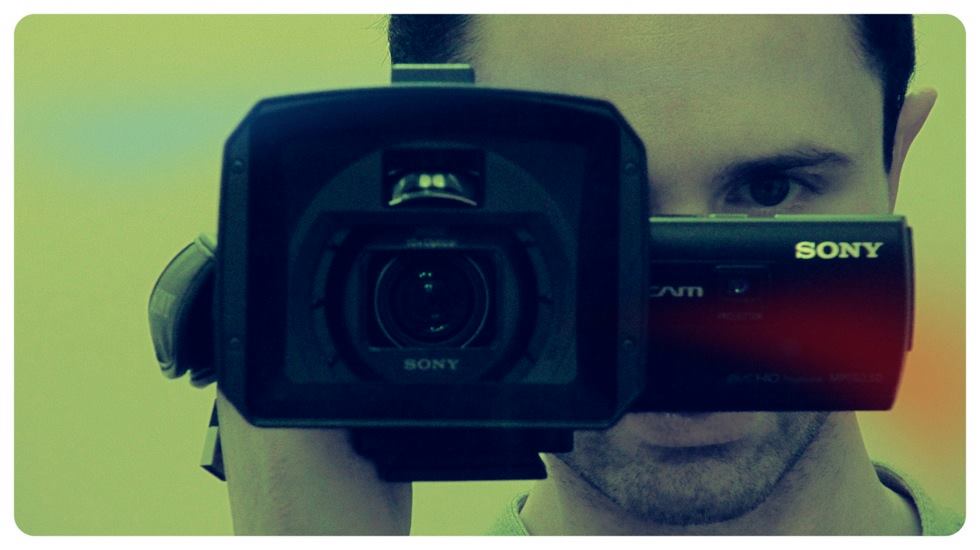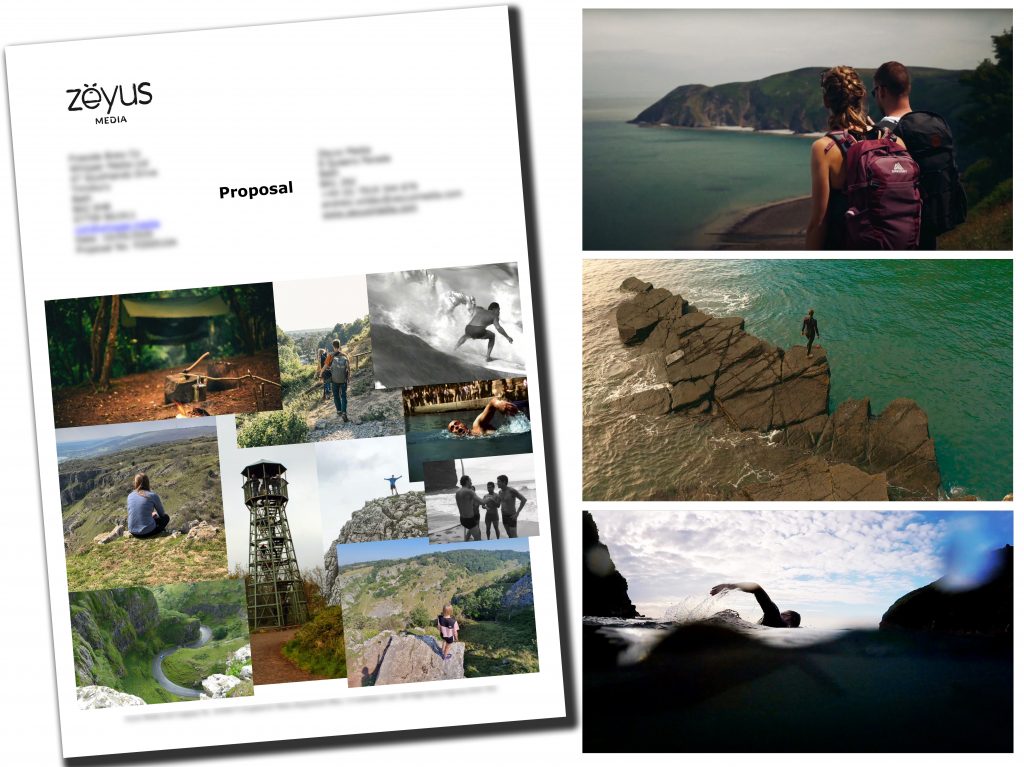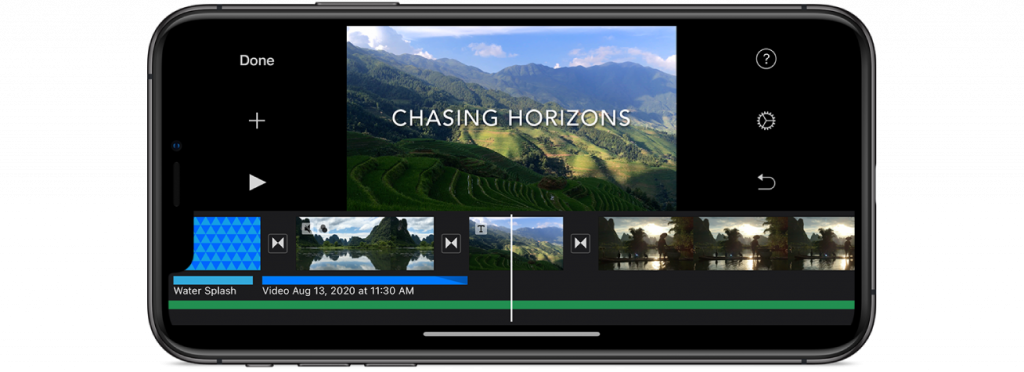
Lately, I’ve had a few friends asking me about how to start out in videography and even had my work coveted by some full-on Stans. So here is my six-part beginner’s guide to videography and the fundamentals of filming and post-production. This includes a lot of stuff I have learned through experience and if I can help others avoid some of the pitfalls then I’d call that an achievement. So here is lesson one: basic strategy for video production.
1. Purpose
When you get into video or any creative endeavour it is vital to understand why you’re doing it in the first place. There are two main reasons why you’d get into video production, those being either for personal/financial benefit or for art/non-profit reasons. Failing to grasp the difference is where I see people make the first fatal error.
You can absolutely approach video for the reason of personal/financial benefit. The video market is as lively and competitive as it has ever been though lately it has been chewed up a bit by a race to the bottom of low-grade, social media junk. But we are bombarded with video from all angles on a minute-by-minute basis and there is plenty of money to be made. If you desire new followers/subscribers, sales or some form of commercial advantage then you’ll need some form of marketing plan figured out. Invest in the promotion but remember to keep it in line with your costs and profit margins. At some point in the process, a sale/transaction needs to take place in order to make your time and efforts worthwhile or you will just be wasting your time.
Art on the other hand is purely about making things for the sake of it. Any kind of gain besides creative exploration cannot come into art. If you are making art or not-for-profit work, do so with no compromise and no intention other than to please yourself. You shouldn’t care about followers, views or any other metric besides your own opinion. Put no price tag or limitation of access on the work. Just let it out into the world. On that note, I’d like to give a plug to Will Squire a.k.a ScreenDrax, a visual artist I collaborated with to provide some sound design, who continues to turn out some very interesting video art with zero interest in money or fame. Good guy.
It compromises everything to produce video with commercial intentions but no plan of how to actually achieve them, just as it does to create art on the basis of its appeal. You are neither producing pure art and are unlikely to achieve your commercial ambitions so you will just be wasting your time. So be very clear. Personally, I’ve been producing some form of video content for over a decade and will gladly spend as much time making videos for no other reason than it looks cool or makes me laugh, as I would producing video on behalf of a client. Know why you are doing something and remain true to it.
2. Concept
Once you know why you want to produce video content, you then need a concept. People can often get so excited about an idea that they rush straight into filming without considering the fundamental purpose, as discussed previously, which is a mistake. One must not confuse purpose and concept. For example, your purpose could be to ‘make something to scare people’ and your concept could be a ‘ghost story’. Concepts can take many forms be it a completely original idea or a treatment for a screenplay or song etc.. You can derive a concept from pretty much anything and whilst I personally always opt to do something new, you do sometimes need to bear in mind how that concept can be realised with the time and resources available.
A mistake that can be made here is to be vague and non-specific and I have on occasions gone onto shoots where someone has simply presented items of inspiration and invited me to film “stuff” only for to come away with video that lacks a point, form or direction. So keep on noting down your concepts and keep them as solid and specific as you can.

3. Design
When you come to breathe life into your concept and produce it you’re going to need some idea of design moving forward. Obviously the more exact and specific the better (e.g a storyboard), but even the most simple outline is better than going to film something with no design or plan, only to come back with random footage that doesn’t have the necessary constituent parts to form a complete whole. For example, whenever I film anything at all, I always have in mind that I need an opening and end frame. This is as basic as it gets. What is the first thing your audience is going to see and what is the final impression you want to leave them with? I’ll then be checking off in my head things like various categories of b-roll, cutaways and breakers/pauses. You can go into endless detail in planning and design, but the main thing is to have at least something.
In the previous point which discussed ‘concept’, I mentioned that you must be mindful of your resources (e.g manpower and budget etc..), in order to that your concept is something you can actually realise. But in truth you can, and people have made films like Jurassic Park on a budget of absolutely nothing. It’s ultimately a matter of design. Can’t afford Industrial Light and Magic to do your CGI? Then get creative and go make some cardboard dinosaurs. Scoff all you like but Michel Gondry has made some of the coolest music videos and films of all time with this approach.

4. Camera
Four steps in and we finally get a camera. I think this is an important thing to dwell upon because believe me, there are an awful lot of ‘all gear and no idea’ charlatans out there. Not only do they not know how to operate their latest fancy camera purchase, but also have no purpose or creative idea for doing so. Don’t be one of them. I come from the school of minimalism, lo-fi, Gondry and Dogma 95 so I will always rate the guy who can push to the creative limit a camera they found at a car boot sale compared to some dork grunting and poking at a Black Magic all set to auto.
The best camera in the whole world today is the phone camera and I believe that with all my heart. Some of the most important moments in recent history have been captured by phones simply because phones were there, ready to shoot. The most useful camera is always the most superior and phones have been that for a very long time. Not to mention you have a film like “Tangerine” (2015) that was filmed entirely on iPhones and that film was great. I started out filming on a Nokia N82 phone, then a Flip Mino HD pocket camera, and finally moved onto Sony Pro camcorders and DSLRs. The most crucial thing is a camera’s usefulness and you only truly unlock that through mastering and expanding your control. But just start out with something you know how to use inside out, something that does the trick and the once you’ve pushed it to the absolute limit, then move up from there.

5. Editing System
Once you’ve filmed stuff you need to put it together. Personally, I have always used Final Cut Pro and generally find it’s got everything I need, plus whatever extras I’ve added to it along the way. I also use a variety of audio workstations including Logic Pro X, Pro Tools and Ableton. You can pick up DaVinci Resolve for free and people rave about its colour-grading potential. But even then, you can cut shots together on iMovie exactly the same as you can cut shots together on anything else. Nuts and bolts filmmaking is the same regardless of fancy tech and for the most part the less CGI and unnecessary effects the better. If you have good ingredients you don’t need all the garnish for it to taste good. In fact, I’ve always been a fan of iMovie for iPhone. Sure the touch interface can be a bit fiddly, but you can fully film and edit stuff right there in the palm of your hand. Get to grips with the absolute basics of editing and storytelling, then start to look at how you can evolve, but always fundamentals first.

6. Release
So you’ve had a reason to film an idea, you’ve figured out how to do it, then shot and edited it together. Now what? Regardless of whether it’s art or for gain, you’re going to want to present this thing to the world, so think about how you are going to do that.
The default is to slap it on YouTube which is an incredible service, but also one that is completely saturated with content and not to mention owned and controlled by the utopian, silicon valley nightmare. Actually, stop and think about who your project matters to the most and what would be the best way of reaching those people. It might be one of a variety of different online video platforms or perhaps a private or offline screening. When I released “Out of Sight, Out of Mind – The Leavesden Asylum Story”, the most important audience for me was the community local to the subject matter, both because I wanted them to see it more than anyone and because they would potentially make the most noise about it. To reach them I printed up and hand-delivered 1,000 flyers with QR codes to the YouTube premiere (pictured above). Parallel to that I ran locally targeted Facebook advertising and worked alongside local history associations to put together a campaign whereby those with a definite interest would be the centre of the bullseye, potentially exposed to the promotion campaign numerous times, with it then gradually reaching out to those on the peripheries.
Whatever you do, the dot com boom is long gone and the notion that something will succeed simply because it’s online is fossilised dinosaur doo doo at this stage. Do the leg work to connect with your audience on their turf and in their language, wherever and whatever that is. Don’t try to take on the world with a whisper, try to engage the guy next to you at the bus stop with a genuine conversation.
So there it is, an absolute beginner’s guide to strategy. Don’t be that sad case who buys a bunch of fancy camera equipment, has no clue how to film, what to film, why to film or how to get anyone to watch it, thereby completely wasting their time and money in every respect. No, don’t be that guy. Have a purpose, come up with an idea to suit that purpose, realise a way to bring that idea to life and finally bring it to an audience, thereby achieving your goal. It’s basically to think before you act, and the more thought you put into the planning is often reflected in how easy the final outcome is to watch.
Stay tuned as next time we’ll going in on the fundamentals of camera operation.
